Kim and Carter, both clients, told their stories in Planning Your Own Memorial: Stories from the Frontlines. Lynda, a client, and Phyllis, and old college friend, shared theirs in Doing It Your Way: Personal Stories of Home Funeral, Green Burial & Remembrance.
I'd pitched Oregon Public Broadcasting on the incredible content we'd assembled for the event, and they invited me and Lynda into the studio to talk about home funerals and green burial, with Phyllis joining us on tape. Click below for a listen.
See also:
- Phyllis's story of how she gave her husband Mark the green burial he wanted: Somewhere There's Music, How Sweet the Tune
- A short film about the home funeral Lynda Martin-McCormick and her family created for her husband David: Death DIY
- An account of how Kim Wieneke called on her friends to help her plan her own memorial service: A Little Help From Her Friends


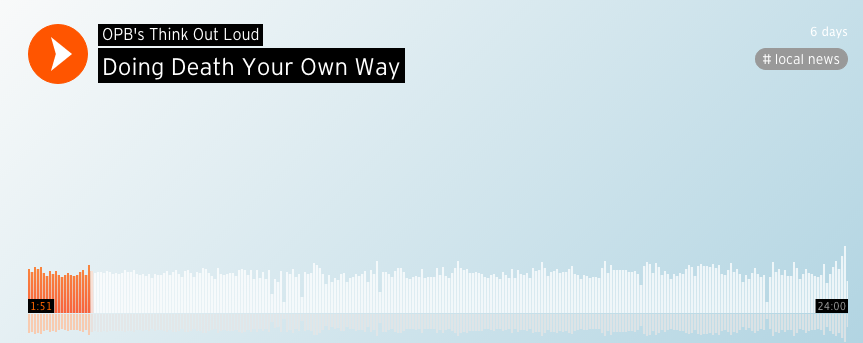
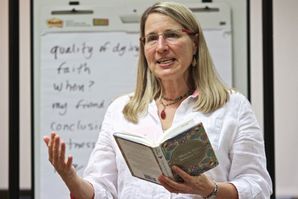
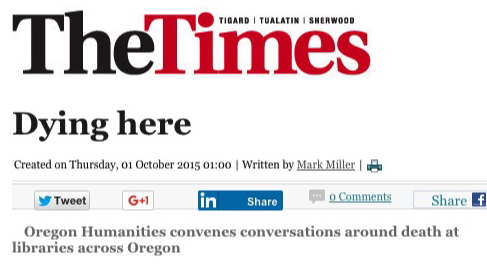
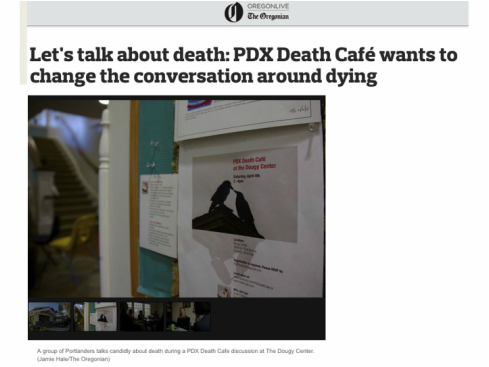
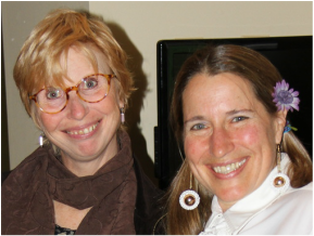
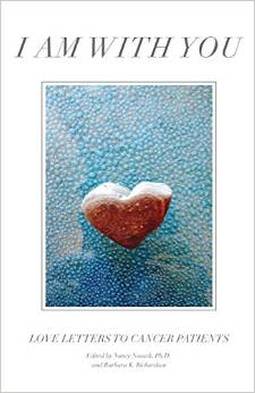
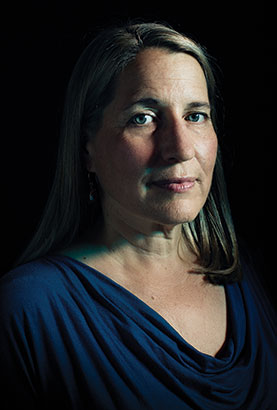
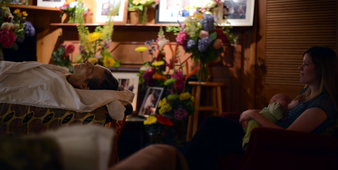
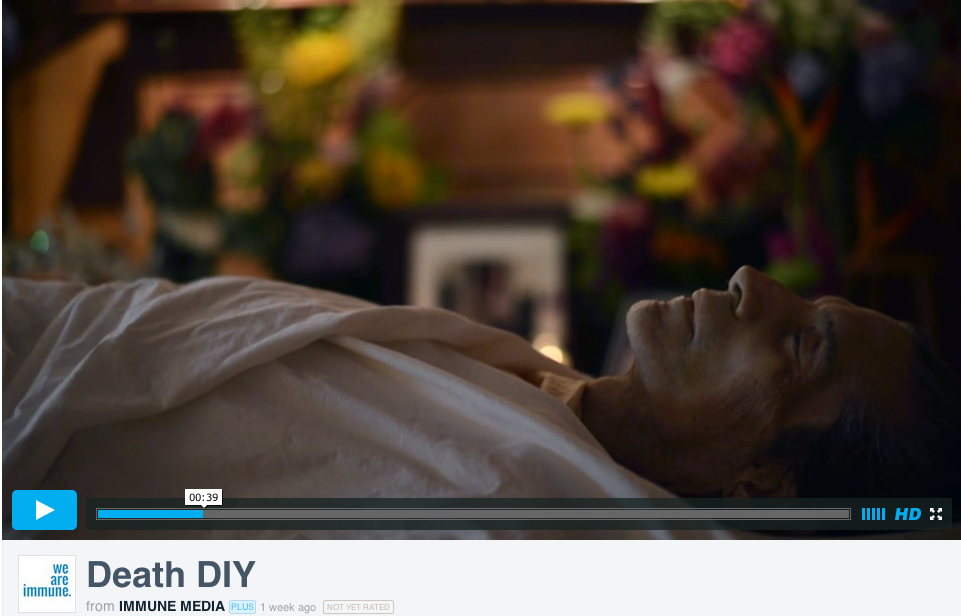
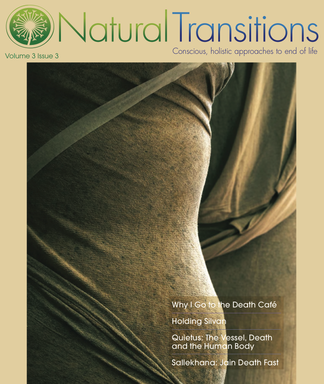
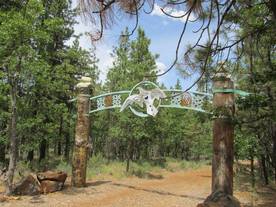
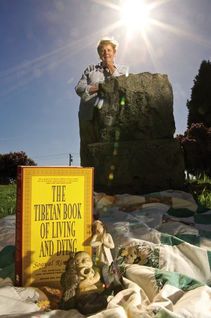

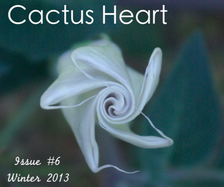
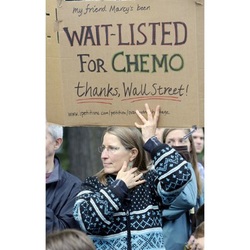
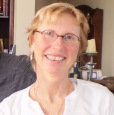
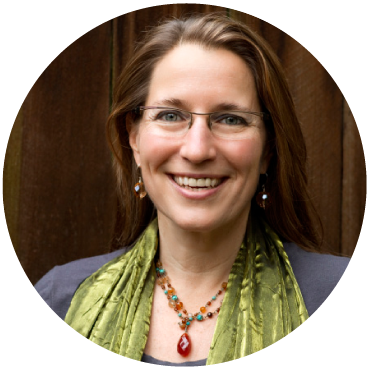
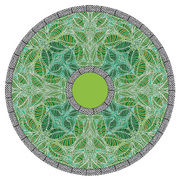
 RSS Feed
RSS Feed